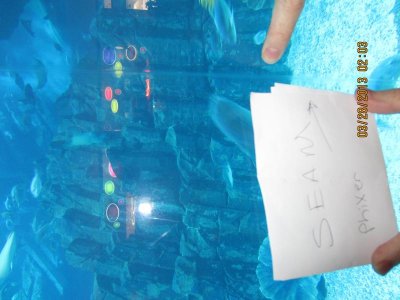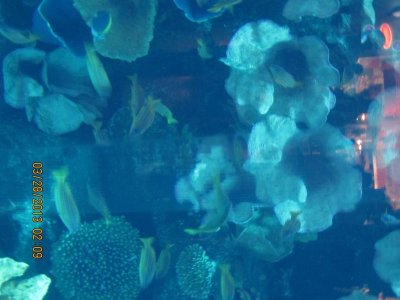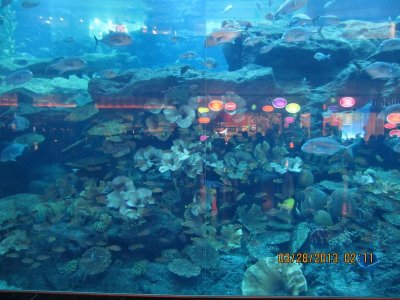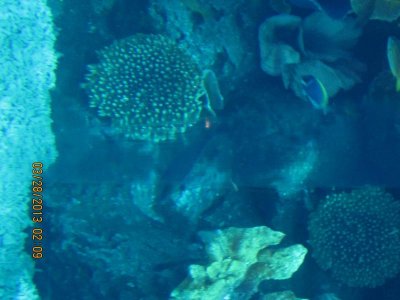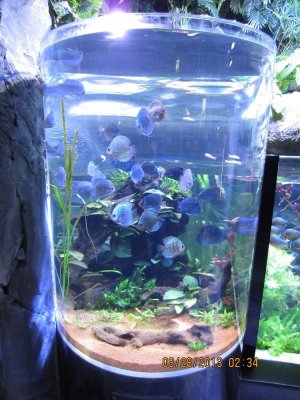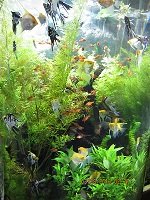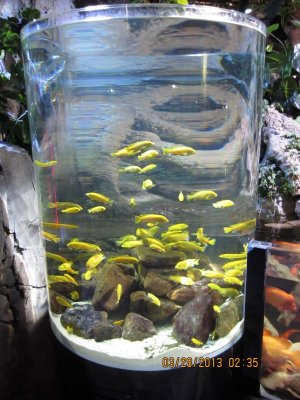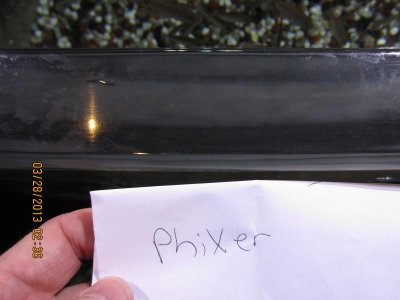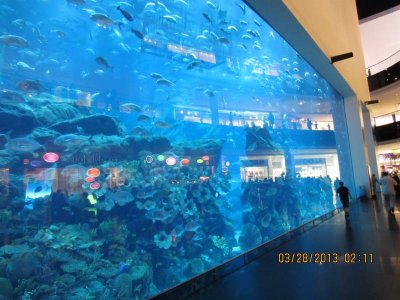Floyd R Turbo
Either busy or sleeping
I wipe down all edges with DNA, in fact it's been recommended many times in this thread prior to bonding in order to remove grease and fingerprints. I know that DNA can cause crazing, but I did not consider that a quick wipe across a machined edge would cause any damage. Across a flame-polished edge, yes. James also told me once that if you leave a rag soaked with DNA on a piece of acrylic overnight, it will craze.
It's interesting though. I think that if you follow good edge prep technique, this is not an issue. For many of my builds, my last pass or two takes off a very minimal amount of material, usually barely enough to throw chips (almost a dust instead), the intention being to avoid pitting that results from taking off too much
It's interesting though. I think that if you follow good edge prep technique, this is not an issue. For many of my builds, my last pass or two takes off a very minimal amount of material, usually barely enough to throw chips (almost a dust instead), the intention being to avoid pitting that results from taking off too much

